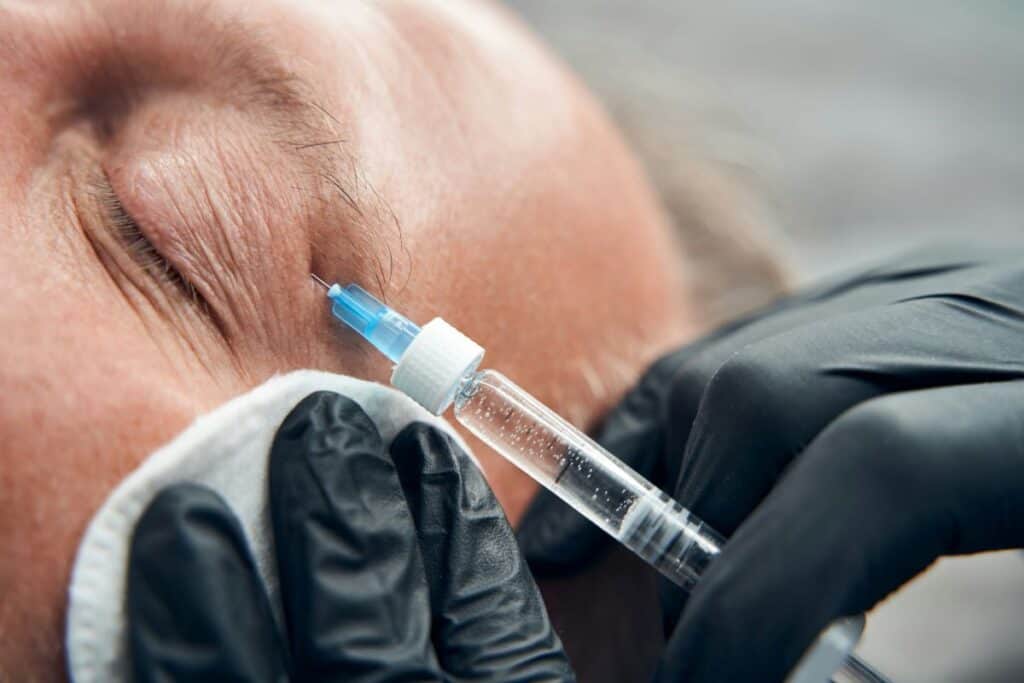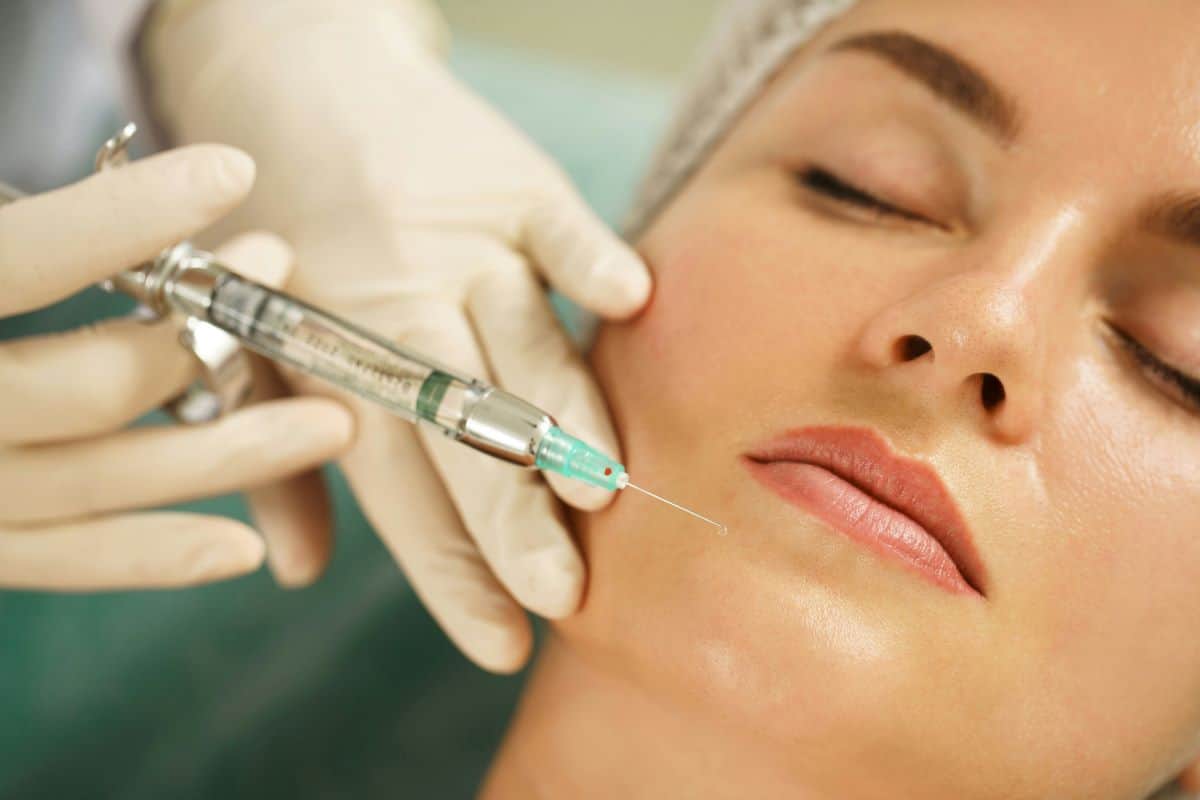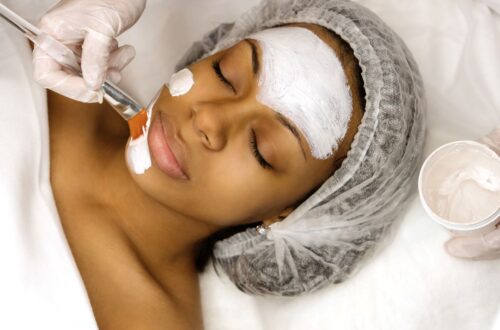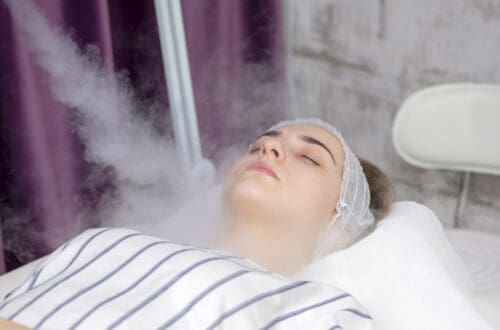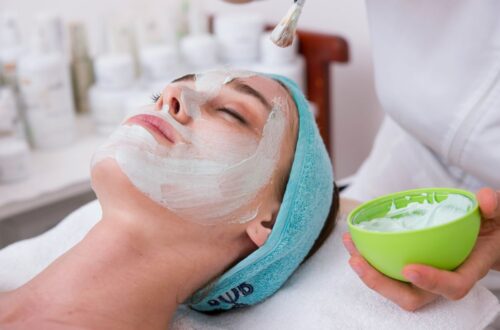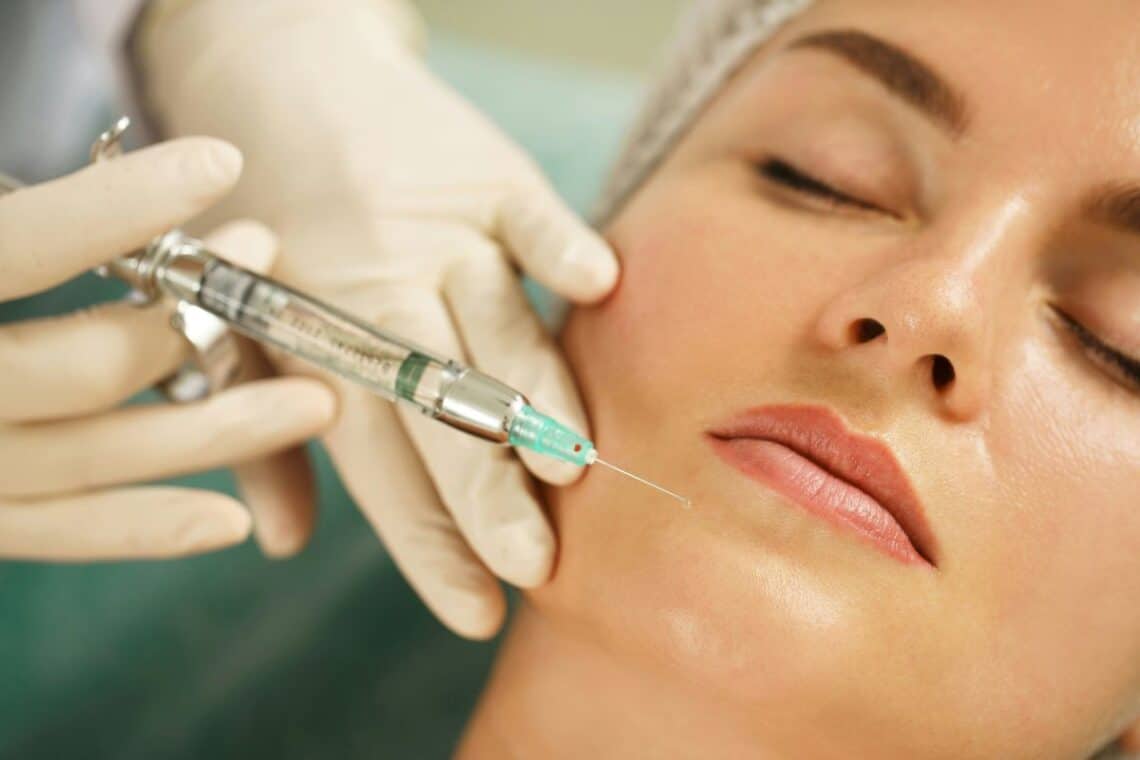
Amazing Post Botox Workout Tips: Is it Safe to Workout After Botox?
Introduction
Deciding whether to hit the gym after receiving Botox injections has puzzled many. This article dives into the complexities of combining cosmetic procedures with a fitness routine. Botox, a popular treatment for smoothing fine lines and wrinkles, requires a delicate post-treatment period to secure the best possible results. Misconceptions abound, but clarity awaits. You’ve invested in your appearance by choosing this minimal-downtime treatment, and it’s natural to question how soon you can resume daily activities, including strenuous workouts. Through expert insights and evidence-based recommendations, we demystify the impact of physical activities, especially vigorous exercise, on the treated area. Our aim? To guide you toward achieving both your aesthetic and fitness goals without compromise.
Understanding Botox and Exercise
Botox, a cosmetic procedure utilizing botulinum toxin type A, has been heralded for its remarkable ability to reduce the appearance of wrinkles, fine lines, and crow’s feet. Commonly sought after for its minimal downtime and almost instantaneous results, botox patients have increasingly integrated this treatment within their holistic approach towards cosmetic dermatology. The post-treatment period, often underscored by recommendations to avoid strenuous exercise, sun exposure, and excessive sweating, plays a pivotal role in ensuring the longevity and optimal results of the treatment. The targeted muscles injected with this safe procedure need time to fully adapt and reflect the desired effects; thus, adhering to aftercare instructions, including a temporary hiatus from vigorous physical activities, becomes indispensable.
The 24-Hour Rule Explained.
After receiving botox injections, the consensus among healthcare professionals, including board-certified dermatologists and plastic surgeons, suggests a pivotal waiting period. Typically set at 24 hours, this interval is a preventative measure to ensure the botox treatment achieves its intended effect on targeted muscles without unintended migration. Vigorous exercise, known for increasing heart rate and blood pressure, might distort the accuracy of botox placement due to excessive blood flow and sweating. Such activities could potentially propel the botulinum toxin type to areas beyond the treated zones, risking not only the appearance of dynamic wrinkles but also inducing side effects like droopy eyelids. Therefore, adhering to the 24-hour rule emerges as a basic guideline for botox patients who aspire to witness the best possible results, highlighting the delicate balance between maintaining regular exercise routines and optimizing the efficacy of cosmetic injectables.
Why Exercise Might Affect Botox Results
After you’ve received botox treatment, it’s crucial to understand how physical activity impacts the treated area. Vigorous exercise raises your heart rate and blood pressure, increasing blood flow throughout your body, including the injection site. This can cause the botulinum toxin type used in botox injections, aimed at relaxing facial muscles and smoothing fine lines, to migrate to unintended areas. The consequence? Potential migration dilutes Botox’s effectiveness, reducing its ability to target dynamic wrinkles effectively.
Moreover, strenuous activities promote excessive sweating, possibly exacerbating side effects like bruising or swelling at the injection areas. This not only hampers the botox procedure’s full effect but may also advance the appearance of droopy eyelids or other unwanted results. The targeted muscles, meant to remain immobilized to showcase the best possible results, receive mixed signals, potentially leading to a diminished aesthetic outcome.
Types of Exercises to Avoid
After a Botox treatment, aiming for the best results means avoiding specific exercises. Strenuous activities can lead to increased blood pressure and heart rate, factors known to diminish Botox’s effectiveness. These activities can cause excessive sweating and unwanted pressure on the treated area, risking the migration of Botox to unintended areas. Thus, it’s crucial to know which exercises to skip.
Running and High-Intensity Interval Training (HIIT): These vigorous exercises elevate your heart rate and blood pressure significantly, which could accelerate blood flow to the injection sites and hamper the settling process of the botox.
Weight Lifting and Strength Training: Heavy lifting activities can also raise blood pressure, exacerbating the risk of botox dispersing from targeted muscles to areas without desired effects.
Hot Yoga and Aerobic Exercises: The heat and exertion involved in hot yoga and aerobic exercises can increase sweating and blood flow, potentially affecting the effectiveness of Botox.
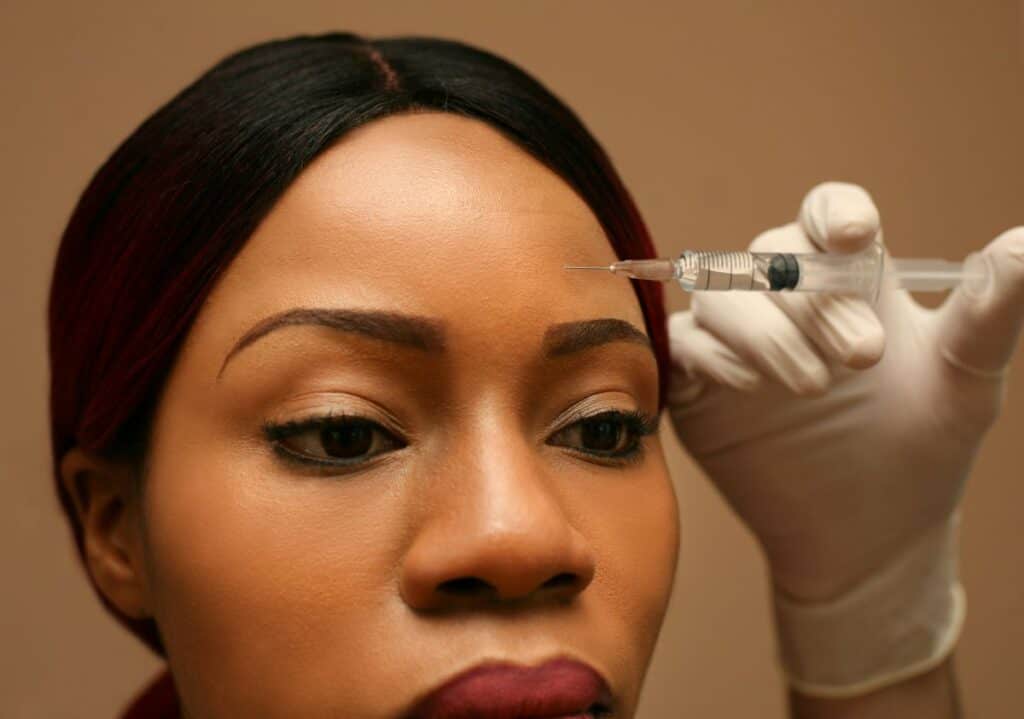
Safe Activities Post-Botox
After you’ve given your body the crucial 24-hour rest post-Botox treatment, engaging in some physical activities can be beneficial. However, choosing them wisely ensures you enjoy the best possible results without risking unwanted side effects. Contrary to strenuous exercise, these selected activities maintain your heart rate safe, preventing excessive blood pressure or blood flow that might lead to the botulinum toxin type migrating to unintended areas.
Walking: Moderate exercise poses minimal risk to the treatment area while promoting overall health.
Light stretching: Keeps your muscles flexible without causing excessive movement in the facial muscles.
Yoga (excluding hot yoga): As long as it’s gentle and avoids putting pressure on the facial area, yoga can be a safe way to relax and keep fit.
Swimming: After 24 hours, cool water can be refreshing and is generally safe if vigorous exercise and facial gear that could affect the botox areas are avoided.
The activities listed above differ significantly from vigorous exercises like strength training, aerobic exercise, or anything that leads to excessive sweating and increased blood pressure, as they do not compromise the Botox results by causing unnecessary strain on the treated muscles or the potential for the product’s migration.
Understanding Possible Side Effects
Botox injections, by introducing botulinum toxin type A into facial muscles, aim for the smooth appearance of fine lines and crow’s feet. These cosmetic treatments, though safe, carry a suite of potential side effects. Droopy eyelids, muscle spasms, or even unintended product migration to unwanted areas can arise. Vigorous exercise post-procedure could magnify these risks.
Increased blood flow and elevated heart rate from strenuous activities like hot yoga or strength training might hasten the chemical’s spread beyond targeted muscles. This unintended dissemination jeopardizes optimal results, possibly leading to dynamic wrinkles not fading as anticipated or the full effect wearing off sooner than you’d hoped. After Botox, raising your blood pressure through excessive sweating and strenuous workout routines endangers the treatment’s success and overall health. Thus, following aftercare instructions, including a brief pause in your workout schedule, ensures the best possible results.
Aftercare: Ensuring the Best Results
Proper aftercare is crucial for maximizing the effectiveness and longevity of your Botox treatment. Immediately following your Botox procedure, you embarked on a journey to enhance your appearance. Achieving the best possible results requires a holistic approach incorporating several key practices. First, steer clear of strenuous activities and vigorous exercise. This precaution avoids any potential product migration to unintended areas, safeguarding the precision of your treatment.
Next, avoid direct sunlight and hot environments like saunas or hot tubs. Such exposure could exacerbate swelling or lead to other undesirable side effects. Moreover, incorporating gentle facial exercises can be beneficial. However, limit these to simple facial expressions; excessive movement might undermine the botox’s effectiveness.
Lastly, maintaining hydration and avoiding blood thinners will support your healing process and ensure that the botox works exactly as intended. By adhering to these guidelines, you not only assure your safety but also optimize the appearance of wrinkles, leading to more satisfactory and enduring results.
Final Thoughts: Balancing Beauty and Fitness
You’ve chosen to enhance your appearance with Botox injections, eyeing the benefits of Botox for reducing fine lines and improving the overall appearance of wrinkles. Your daily activities, including your workout schedule, now need adjustment. The basic rule has always been to consider the timing of rigorous physical activities post-treatment. The botox procedure, a minimal-downtime treatment revered for its ability to smooth dynamic wrinkles, commands a brief pause in your strenuous workout regimen. This pause helps ensure the botox targets the intended facial muscles without drifting into unintended areas.
The intersection of beauty enhancements like Botox and maintaining an active lifestyle poses questions. Can you return to your regular exercise routine, specifically vigorous exercise like strength training or high-intensity workouts? The answer lies in understanding the holistic approach botox patients should adopt for optimal results. After receiving botox treatment, waiting for at least 24 hours before engaging in activities that increase heart rate or blood pressure is advised. This timeframe allows the botox to settle correctly, ensuring it works on the targeted muscles for facial rejuvenation without potential migration.
Embracing a balanced approach to post-botox care suggests modifying your physical activity to include moderate exercise that won’t compromise your cosmetic injectables’ effectiveness. Safe activities might include light walking or gentle yoga, avoiding excessive movement or sweat-inducing sessions that could increase blood flow or pressure on the treated area. Remember, achieving the best possible results with Botox doesn’t just involve the treatment itself but extends to the aftercare, including adjustments to your exercise and overall health regimen. Ultimately, combining aesthetic and fitness goals necessitates a thoughtful approach, ensuring that each enhances, rather than detracts from, the other.
